What Inside A Camera Battery?
A camera battery typically contains one or more cells that convert chemical energy into electrical energy to power the camera's functions. These cells are usually made of materials such as lithium, nickel-metal hydride, or alkaline, and are enclosed within a casing to protect them and provide a connection for the camera to draw power.
1、 Chemical composition
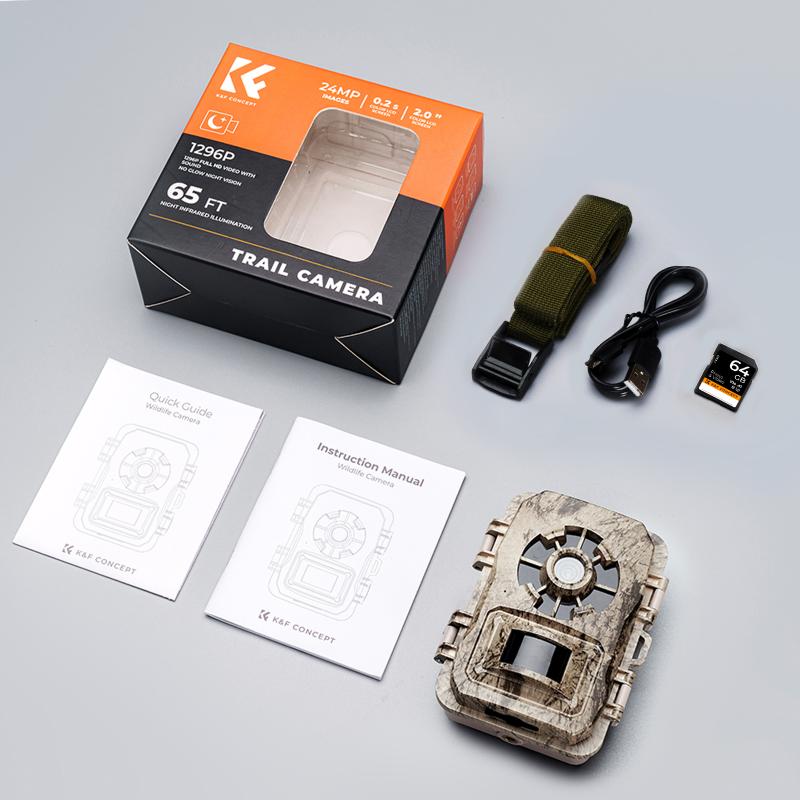
The inside of a camera battery typically consists of a chemical composition that allows for the storage and release of electrical energy. The most common type of camera battery is the lithium-ion battery, which contains a combination of lithium, cobalt, nickel, and other materials. These materials are arranged in a way that allows for the movement of ions between the positive and negative electrodes, creating an electrical current that can power the camera.
From the latest point of view, there has been a growing interest in developing more sustainable and environmentally friendly battery technologies. This has led to research into alternative materials and compositions for camera batteries, such as lithium-sulfur and solid-state batteries. These new technologies aim to reduce the reliance on rare and environmentally damaging materials like cobalt, as well as improve the energy density and lifespan of the batteries.
In addition to the chemical composition, camera batteries also contain a separator, electrolyte, and casing to ensure safe and efficient operation. The separator prevents the electrodes from coming into direct contact, while the electrolyte facilitates the movement of ions. The casing provides protection and insulation for the internal components.
Overall, the chemical composition of a camera battery plays a crucial role in determining its performance, energy density, and environmental impact. As technology continues to advance, we can expect to see further developments in battery chemistry that will enhance the capabilities and sustainability of camera batteries.
2、 Lithium-ion technology

Lithium-ion technology is the most common type of battery used in modern digital cameras due to its high energy density, lightweight design, and long lifespan. Inside a lithium-ion camera battery, there are several key components that work together to store and release electrical energy.
The primary component of a lithium-ion camera battery is the lithium-ion cells, which are the actual energy storage units. These cells contain a lithium-cobalt oxide cathode, a graphite anode, and a liquid electrolyte. When the battery is charged, lithium ions move from the cathode to the anode through the electrolyte, storing energy. When the battery is discharged, the process is reversed, and the stored energy is released to power the camera.
In addition to the cells, the battery also contains a protection circuit module (PCM) that helps regulate the charging and discharging of the battery, preventing overcharging, over-discharging, and short circuits. This PCM is crucial for ensuring the safety and longevity of the battery.
From a latest point of view, advancements in lithium-ion technology have focused on improving the energy density of the cells, allowing for longer battery life in smaller and lighter packages. Additionally, efforts have been made to enhance the safety of lithium-ion batteries, particularly in response to concerns about overheating and potential fire hazards. New materials and manufacturing processes are being developed to create more stable and reliable lithium-ion batteries for use in cameras and other electronic devices.
Overall, the combination of high energy density, lightweight design, and ongoing advancements make lithium-ion technology the ideal choice for camera batteries, providing photographers with reliable power for their equipment.
3、 Voltage and capacity

Inside a camera battery, you will typically find a combination of chemicals and materials that work together to store and release electrical energy. The specific components can vary depending on the type of battery, but the most common type used in cameras is the lithium-ion battery.
Lithium-ion batteries contain a cathode, an anode, and an electrolyte. The cathode is typically made of a lithium metal oxide, the anode is usually graphite, and the electrolyte is a lithium salt in a solvent. These materials allow for the movement of lithium ions between the cathode and anode during charging and discharging, which is what enables the battery to store and release energy.
In addition to the chemical components, the battery also contains a voltage regulator and protection circuitry to ensure safe and reliable operation. The voltage regulator helps maintain a consistent voltage output, which is important for powering the camera's electronics. The protection circuitry helps prevent overcharging, over-discharging, and short circuits, which can extend the lifespan of the battery and improve safety.
When it comes to voltage and capacity, these are key specifications that determine the performance of the battery. Voltage refers to the electrical potential difference between the cathode and anode, and it is typically measured in volts. Capacity, on the other hand, refers to the amount of energy the battery can store and is usually measured in ampere-hours (Ah) or milliampere-hours (mAh).
From the latest point of view, advancements in battery technology have led to improvements in both voltage and capacity. Manufacturers are constantly working to increase the energy density of lithium-ion batteries, allowing for higher capacities in smaller and lighter packages. Additionally, research into new materials and designs is ongoing, with the goal of further improving the performance and safety of camera batteries.
4、 Safety features

The contents of a camera battery typically include lithium-ion cells, which are the primary source of power for the device. These cells are designed to store and release energy as needed to power the camera's functions. Additionally, the battery may contain a small circuit board that manages the flow of electricity and regulates the charging and discharging processes.
In terms of safety features, camera batteries are equipped with a number of mechanisms to prevent overheating, overcharging, and short circuits. These safety features are crucial for preventing potential hazards such as fires or explosions, which can occur if the battery is not properly managed. For example, many camera batteries include a built-in thermal fuse that will disconnect the battery if it reaches a certain temperature, preventing it from overheating.
From the latest point of view, advancements in battery technology have led to the development of even more sophisticated safety features. For instance, some camera batteries now incorporate smart battery management systems that can communicate with the camera to optimize performance and prevent potential safety issues. Additionally, manufacturers are continually researching and implementing new materials and designs to enhance the safety and reliability of camera batteries, ensuring that users can power their devices with confidence.

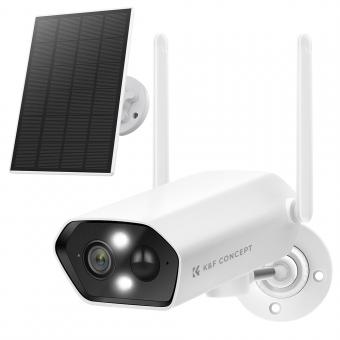
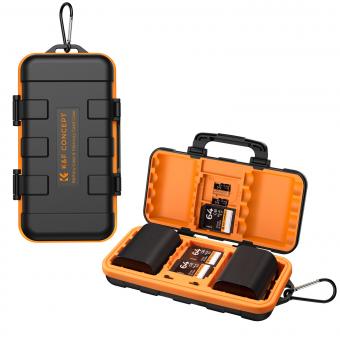

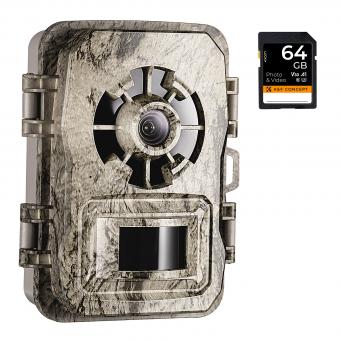
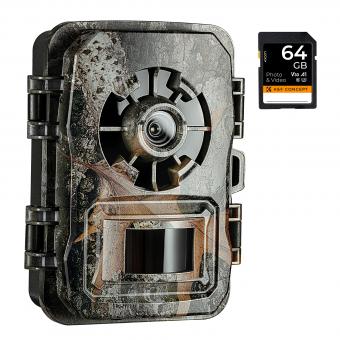
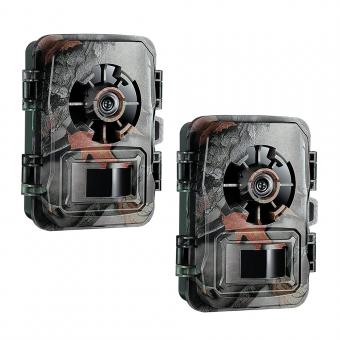
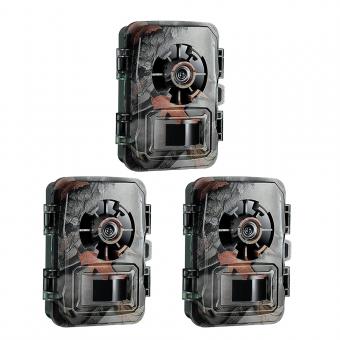
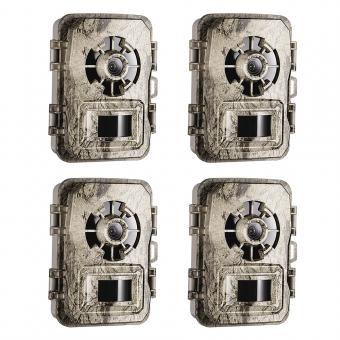
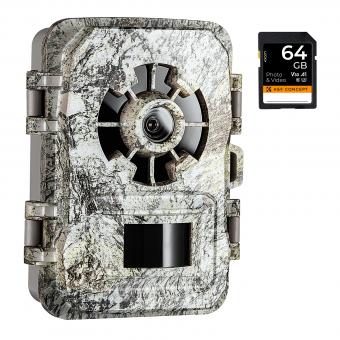
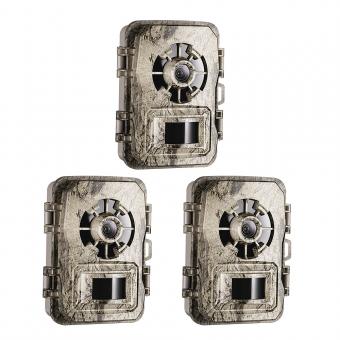


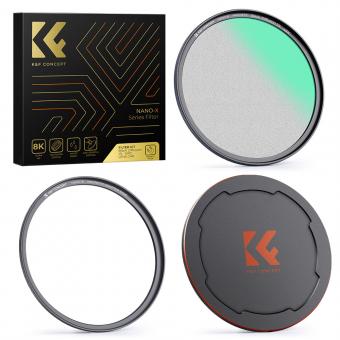


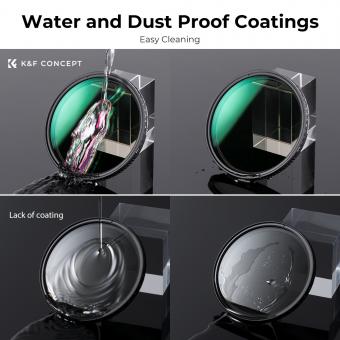






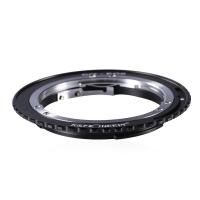




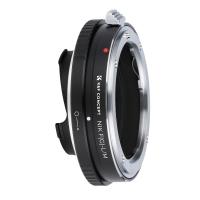
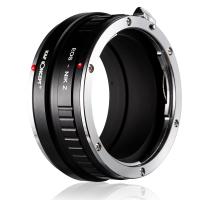

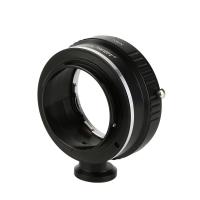
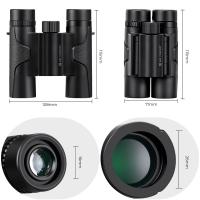
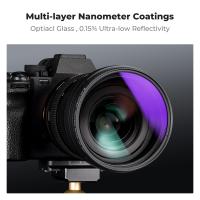



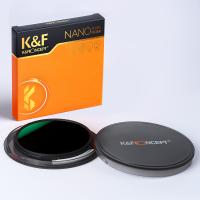
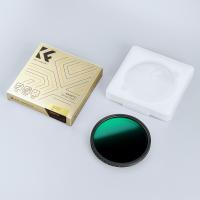
There are no comments for this blog.